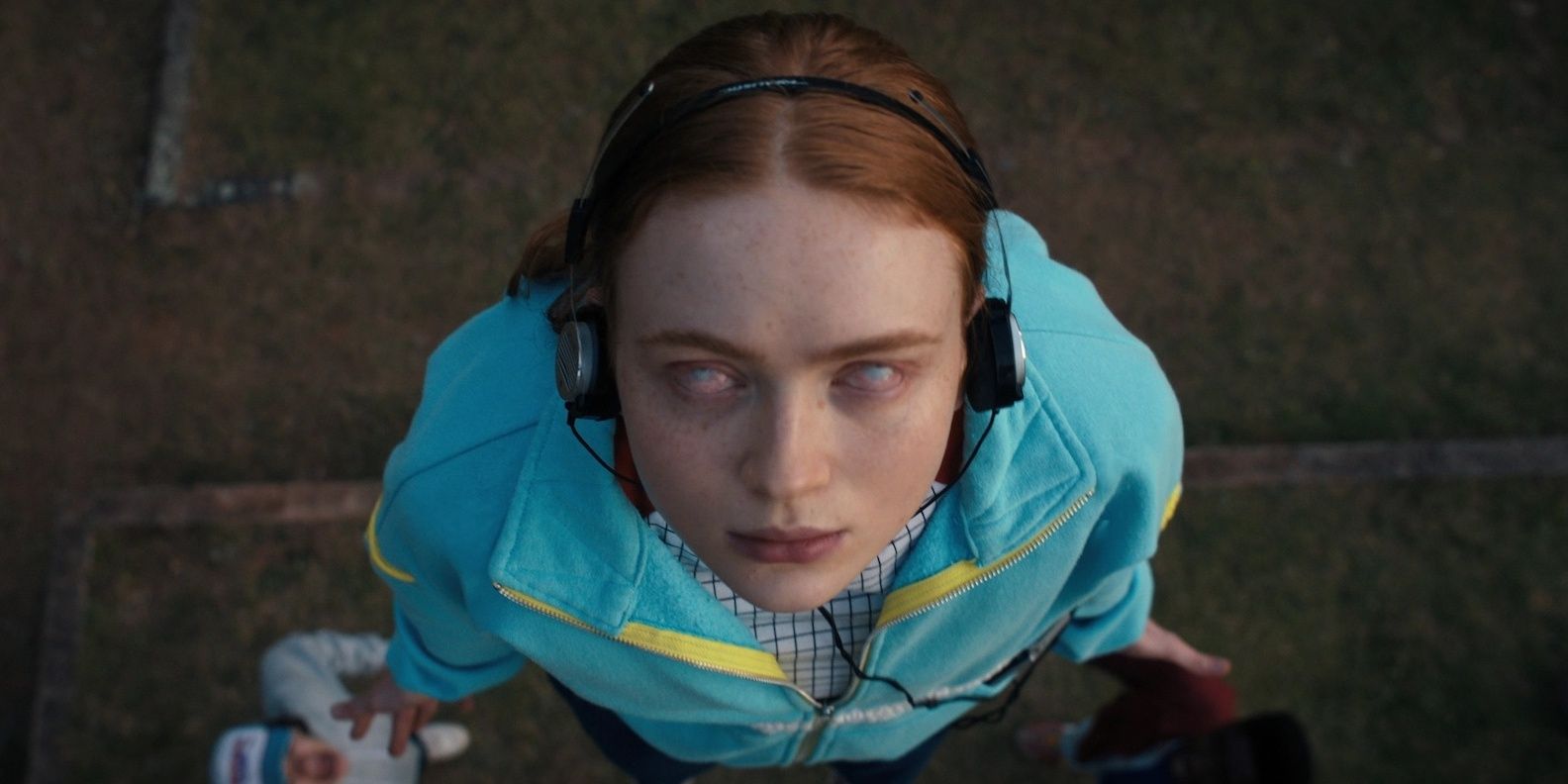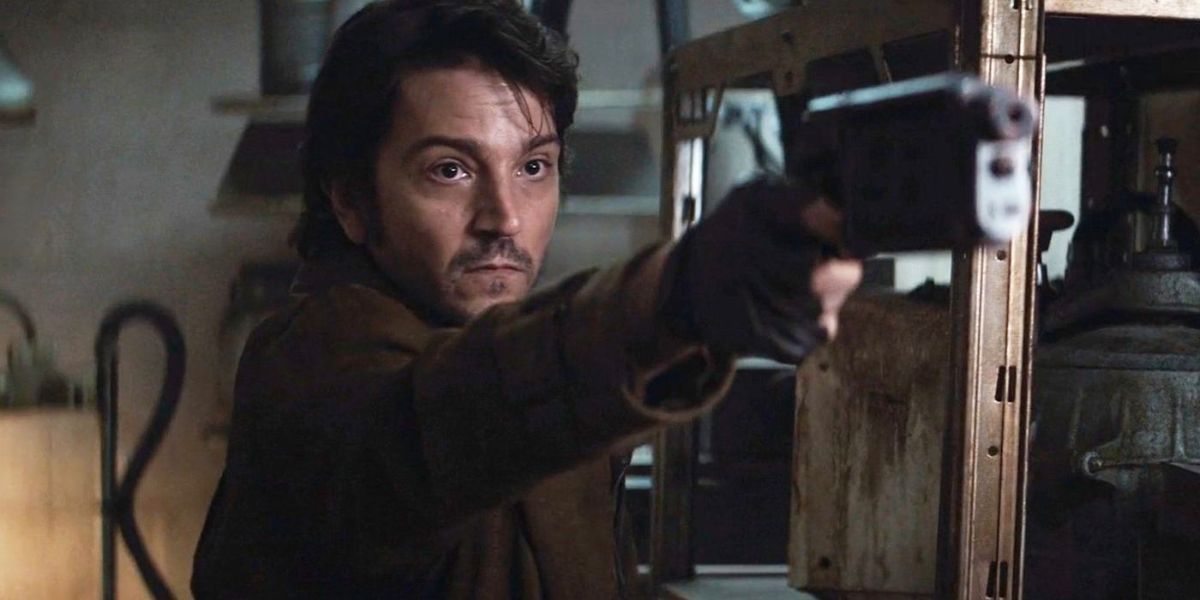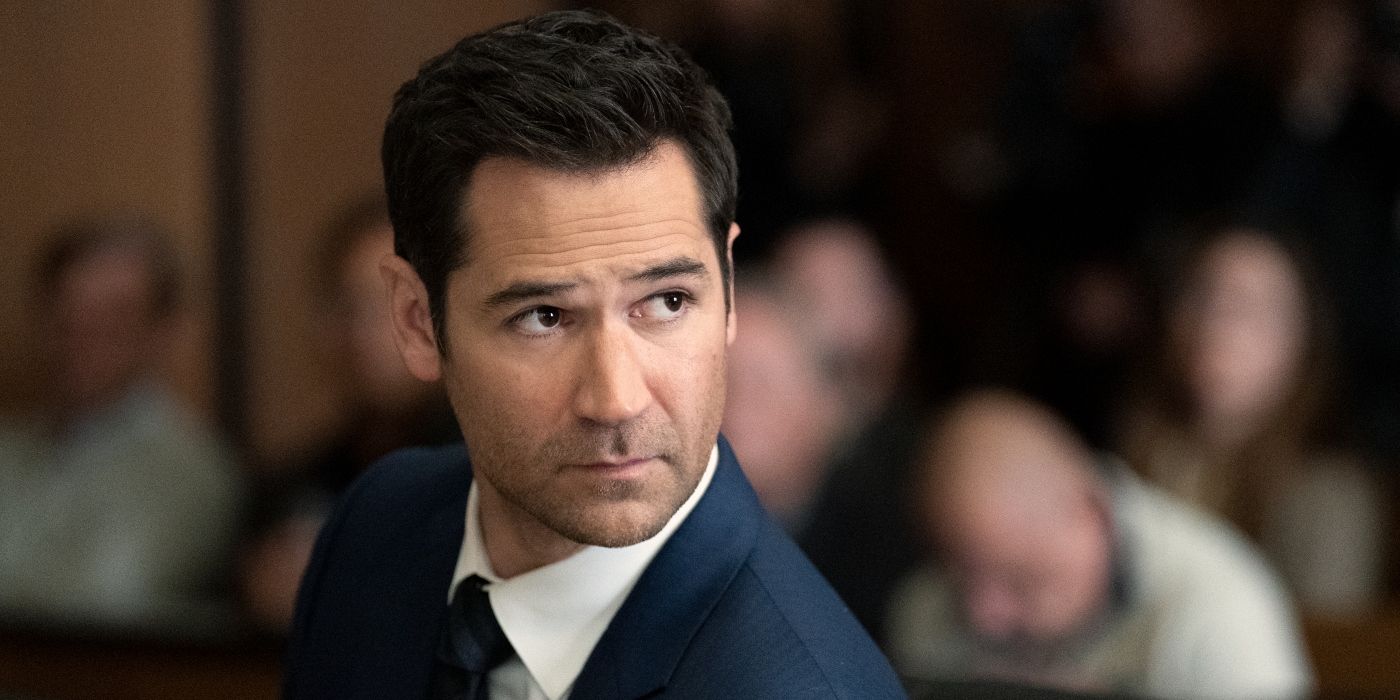The Big Picture
- Netflix faces increasing competition from streaming services like Prime Video, Disney+, HBO Max, Apple TV+, and Paramount+, leading to rising costs for multiple subscriptions.
- The split-season release model has become popular for Netflix's high-profile shows like Stranger Things and The Witcher, allowing the service to generate sustained excitement and maximize viewership.
- The ongoing SAG and WGA strikes may impact Netflix's production of new original programming, making the split-season strategy even more important for extending the conversation and viewership of existing successful shows.
Although it was once the biggest name in streaming television, Netflix has faced an increasing number of competitors thanks to the rise of Prime Video, Disney+, HBO Max, Apple TV+, and Paramount+. It’s quickly reaching a point where adding multiple streaming subscriptions to your household bill is rivaling the cost of what cable prices would have looked like, and television audiences wouldn’t be blamed for wanting to pick and choose what streaming services they subscribe to. It’s become very important for streamers to be able to create hype about their content in order to draw in increased viewership. While the binge model has been the basis of Netflix’s strategy for quite some time, the service has pivoted to a “split-season” model for some of its most popular shows. As the SAG and WGA strikes continue to impact the production of new original programming across the entire entertainment industry, Netflix may want to rethink its release strategies when shows are forced to hold off from production.
Netflix had an uncertain 2022, with cutbacks, the suspension of Russian services, increased subscription prices, the banning of account sharing, cutbacks to its animation department, several controversial cancellations, and poor reviews for some of its presumed blockbusters (particularly The Gray Man and The Bubble). The service even started the year out on a tough note when Apple TV+’s CODA won the Academy Award for Best Picture over Netflix’s The Power of the Dog, signifying that Netflix would not be the first streamer to take home an Oscar. The service will once again try to launch itself into the Academy Award race this year with films like Fair Play, The Killer, May December, Rustin, and Maestro, but its latest round of intended blockbusters (including The Mother and Heart of Stone) received the same mixed response as their 2022 titles.
However, these missteps and disappointments can’t be compared to the unqualified success of Stranger Things 4 in 2022 and The Witcher's third season. Both popular shows managed to sustain the excitement around its release by using a split-season release, with two halves of the season airing a month apart. This has become an increasingly popular strategy for Netflix that they’ve utilized for many of their high-profile projects. The most recent seasons of Ozark, Money Heist, Lucifer, and You have allowed the service to maximize its viewership over an extended period of time, and it's likely that the streamer will utilize a similar strategy moving forward when there's already a built-in audience for an established series. While Netflix has rarely enacted this plan for new shows or smaller titles, it seems like the service isn't changing the split-season method is here to stay. While this may give Netflix the chance to generate a new period of growth, it also presents some potential challenges along the way.
Is Netflix Moving Away From the Binge Model?
The binge model is a great way to essentially dominate the public discourse for a certain amount of time. Since shows like Stranger Things and The Witcher have passionate fan bases that are eager to talk about the details of the series in spoiler detail, there’s a rush that is created to quickly finish the series within a short amount of time. The weekends when Stranger Things 4 and The Witcher's third season dropped, fans had to essentially exit social media until they had caught up in fear of spoilers. However, this also means that people are talking about Stranger Things or The Witcher for a brief amount of time, which isn’t extended beyond the shorter release window.
By comparison, HBO has been able to get viewers hooked weekly to catch up new episodes of House of the Dragon or Succession as soon as they’re available. With ten episodes, these shows have a few months where they can draw in increased viewership as fans recommend the show to other like-minded viewers. It also gives less room for cancellations; you can’t simply renew your subscription for a month and then immediately terminate it after you finish the new season of The Crown. During this extended period of time, there’s a greater chance that viewers will be exposed to additional content on the service.
The binge strategy is great for debut shows that don’t have the same marketing behind them. Since the entire season is available all at once, there’s a smaller chance that viewers will drop off week to week. Netflix has seen this model work in its favor several times in 2023, with shows like The Diplomat, Beef, and The Night Agent becoming "word of mouth" hits over the course of several months. Audiences irritated at traditional outlets for having to wait for new episodes may simply hold off on watching a show until it’s finished airing, and then binge it in its entirety. This does explain why Netflix has avoided using the split-season method for any of its new shows; if viewers aren’t hooked by the first half of the season, they may be warded off from finishing it once the other half airs.
How Netflix's Competitors Are Breaking the Mold
Some of Netflix’s biggest competitors have also adopted a hybrid strategy that makes the best of both binging and weekly airing. Amazon Prime has begun to release the first few episodes of a popular show (including The Lord of the Rings: The Rings of Power and The Boys, and this year's Gen V) at once, and then air the rest of the series on a weekly basis. Disney+ has done the same thing with Andor, Obi-Wan Kenobi, and now Ahsoka. This gives viewers time to get hooked into the series, and then have an extended conversation as they watch weekly. It also avoids the risk of losing any interest if there’s a bigger gap between season halves.
It’s safe to say that the split-season method worked out in Netflix’s favor with The Witcher's third season, which generated some of the streamer's highest viewership to date. The episodes were simply too long, complex, and emotional to all be aired at once, and the break gave fans a chance to detox and process all the revelations before they were ready to complete the season. However, the gap within the latest season of The Lincoln Lawyer left fans underwhelmed. The series was amping up in momentum in its first half, which ended with a shocking death and a major cliffhanger. Unfortunately, this meant that by comparison, the second half felt slow and repetitive, as the break in the airing did not work on a narrative level. If this model is what Netflix is aiming to adopt for good, it needs to make sure that the gaps within the seasons are natural.
What Dangers Does Netflix Face?
The biggest issue that the SAG-AFTRA and WGA strikes create for streaming services like Netflix is that there’s simply a dwindling amount of content that is readily available. This likely won’t affect Netflix’s output for the rest of 2023, as a majority of its shows are completed well in advance, but it may reduce the streamer’s output in the next calendar year. This issue affects Netflix because of the many high-profile shows that the streamer has either completed or wrapped up in the last year.
Popular shows like Ozark and Peaky Blinders have already wrapped up, and both The Crown and Stranger Things are set to conclude with their next seasons. The ongoing strikes prevent Netflix from developing new seasons of its assured hits like The Witcher and Squid Game. It’s for this reason that the midseason model may be in Netflix’s best interest; with less new content available to release, the streamer may want to extend the conversation on shows that will likely be successful.
It will be interesting to see how Netflix handles its most prominent shows moving forward, as it has many high-profile titles that have the potential to be even bigger. However, some of Netflix’s blunders have caused it to fall behind in the streaming wars; there simply isn't the same level of fan engagement for Netflix shows that there is for programs like The Last of Us, House of the Dragon, and/or Succession. With more competition popping up from other streamers and an increased necessity for desirable content, Netflix may want to maximize its market value with the split-season method.




